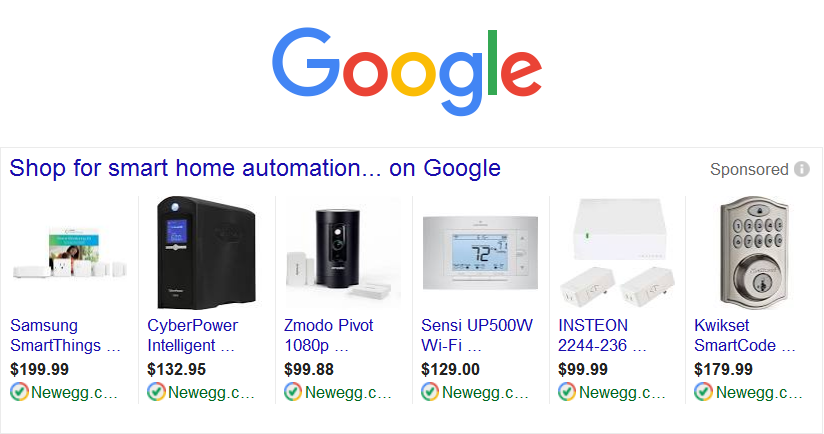You’ve probably heard the age old financial advice to diversify or to put it another way, don’t put all your eggs in one basket. This principle of diversification isn’t just sage advice for investors but also for online retailers. As e-commerce retail continues to grow (15.1% last year alone), online marketplaces are becoming a go-to choice for consumers with 50% of online retail sales occurring on marketplaces. For most retailers the question is no longer, “should I sell on a marketplace?”, but rather, “how many marketplaces should I sell on?”. Here are 3 reasons why you should sell on more than one online marketplace:
1. Maximize Product Visibility
Customer journeys are more complex than ever with 71% of retail searches still occurring on the major search engines and 95% of shoppers looking at alternate sellers before making a purchase. Given this e-commerce landscape, online retailers should attempt to meet customers wherever they choose to shop.
Imagine for a moment that you sell on Marketplace #1 but not on Marketplace #2. A customer performs a Google search and sees results for your listing on Marketplace #1 and your competitor’s listing on Marketplace #2. The customer views the product on both marketplaces and in the end purchases from your competitor on Marketplace #2. Unfortunately, your failure to list products on Marketplace #2 has cost you both revenue and increased product visibility.
While this may be an overly simplified scenario, it illustrates a point: selling on multiple marketplaces can maximize product visibility and increase sales. In today’s highly competitive market your products should be as easy to find as possible.
2. Win New Customers Around the Globe
E-commerce marketplaces are like flavors of ice cream; they attract different people. Some people like strawberry, some like chocolate, some like vanilla, and still others like neapolitan (a little bit of each). For example, Newegg Marketplace tends to appeal to tech-savvy men who have interests in things like DIY electronics, gaming, and home automation. Because consumers prefer certain marketplaces over others, sellers can expect to reach a unique set of core customers on each marketplace.
In addition to contrasting customer bases, marketplaces offer companies access to consumers in other countries. For instance, online retailers can sell to 51 countries with Newegg, 27 with Ebay, and just 11 with Amazon. With worldwide online retail sales estimated to reach $4.5 trillion by 2021 the growth potential of cross-border commerce cannot be ignored. E-commerce marketplaces can help sellers scale globally quickly and cost-effectively by providing localized services like fulfillment, payment processing, marketing, and customer support. Thus, sellers can leverage online marketplaces to not only win new customers but build their global brand.
3. Get Fresh Customer & Market Insights
Selling on e-commerce marketplaces can provide the expanded data you need to solve the puzzle of consumer behavior and market trends. Although available data varies by marketplace, you can usually access reports on average order value (AOV), revenue by product or product category, preferred shipping methods, promotion performance, customer reviews, customer location, and returns.
This type of information can be particularly useful for new products. Using sales data from multiple marketplaces, you can more accurately estimate market prices and develop production forecasts before launching full scale marketing efforts. In addition, marketplace data can reveal general sentiment and feedback on about products in the form of reviews and product questions. Keeping each marketplaces’ core customer base in mind, these reviews can also give you clues into how your products are perceived by different customer demographics.
Don’t be Afraid to Experiment
You may be hesitating to expand to more e-commerce marketplaces because of listing costs, logistical complexities or limited internal resources. While these concerns are valid, they shouldn’t rule out selling on a marketplace. Instead, develop a plan for expansion and look for ways to scale while minimizing the strain on resources and budgets. Start by:
- Setting your objectives
- Determining which marketplaces fit your target customers
- Researching marketplace services and costs
- Selecting and optimizing a subset of products to list
At the end of the day, retailers all have the same goal, making money. Even sales from a comparatively small marketplace can add up over time and make a significant impact on your bottom line. So, stop banking on a single marketplace and start diversifying your portfolio of e-commerce marketplaces.
Interested in learning more about selling on Newegg Marketplace? Send us a message











